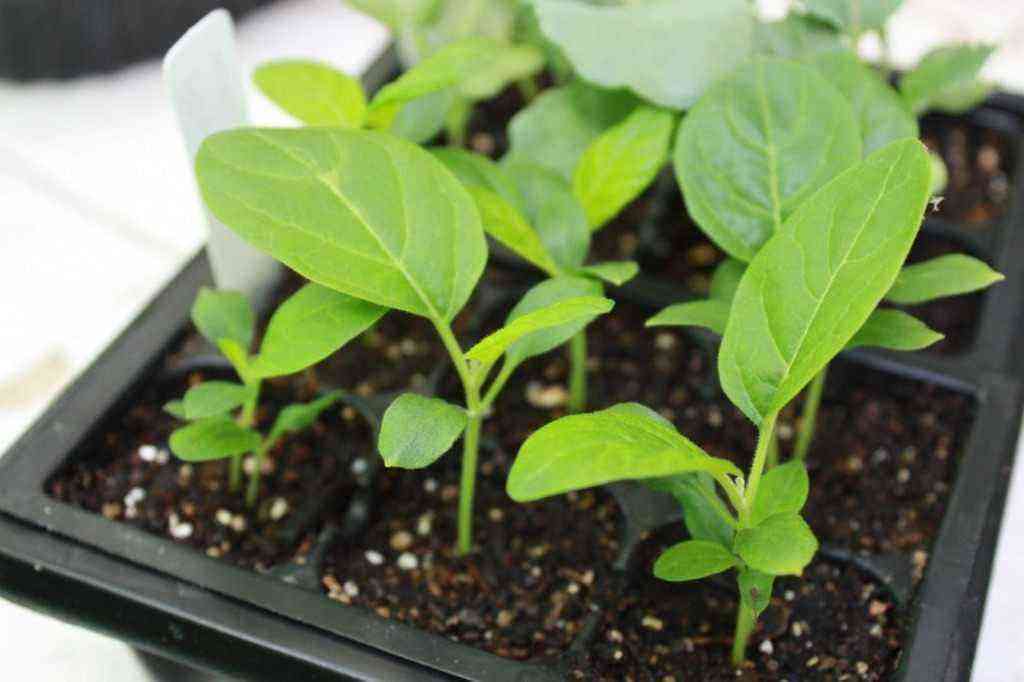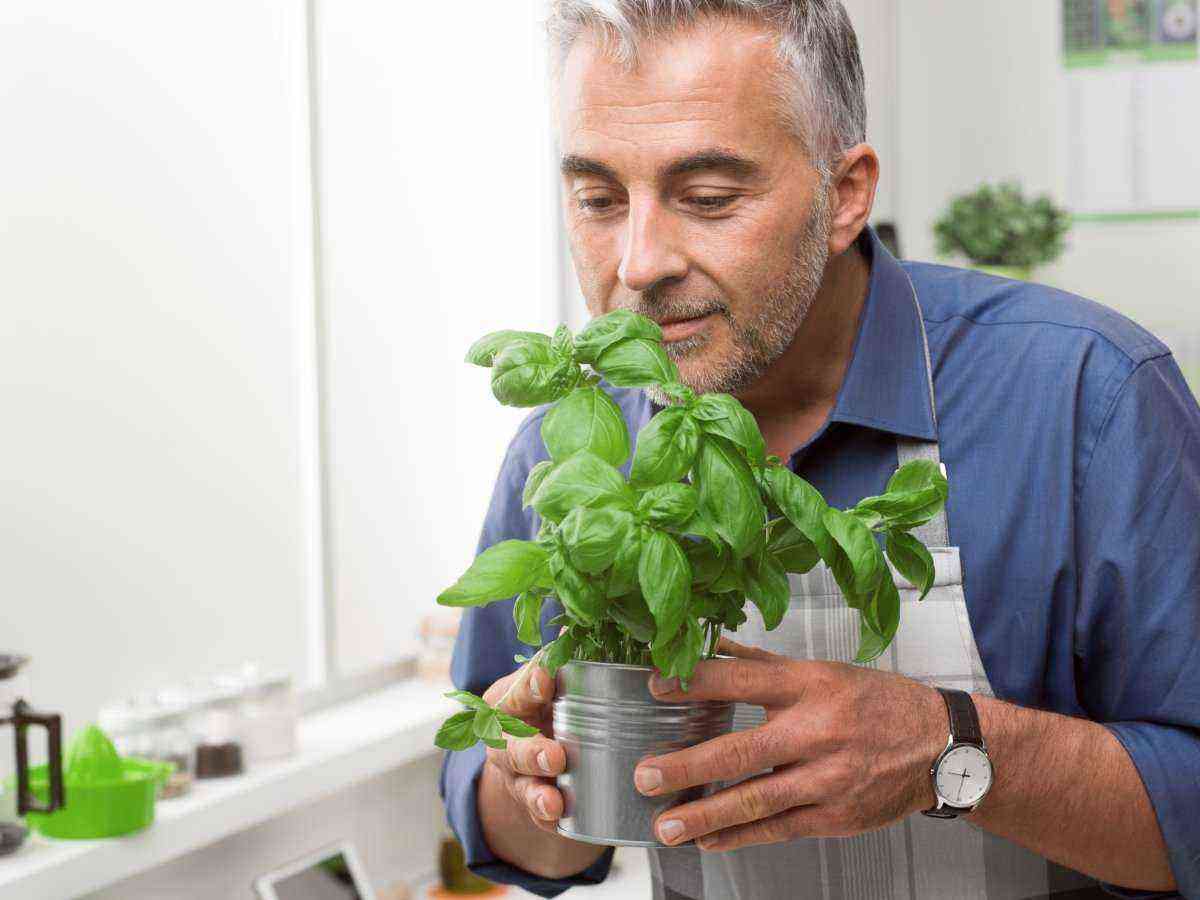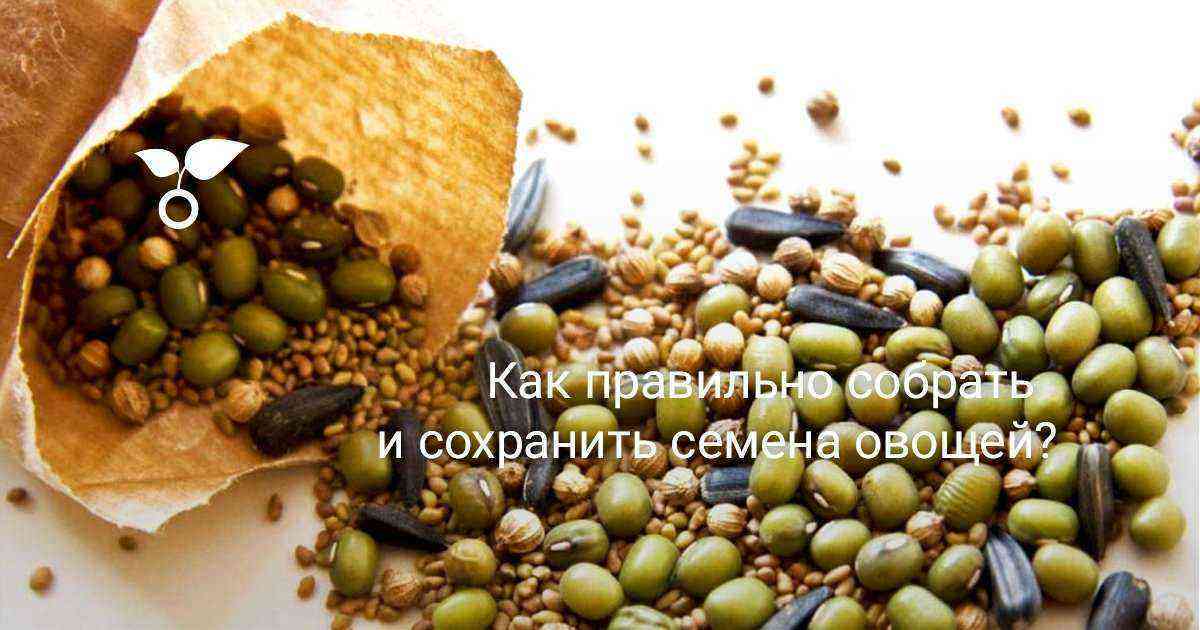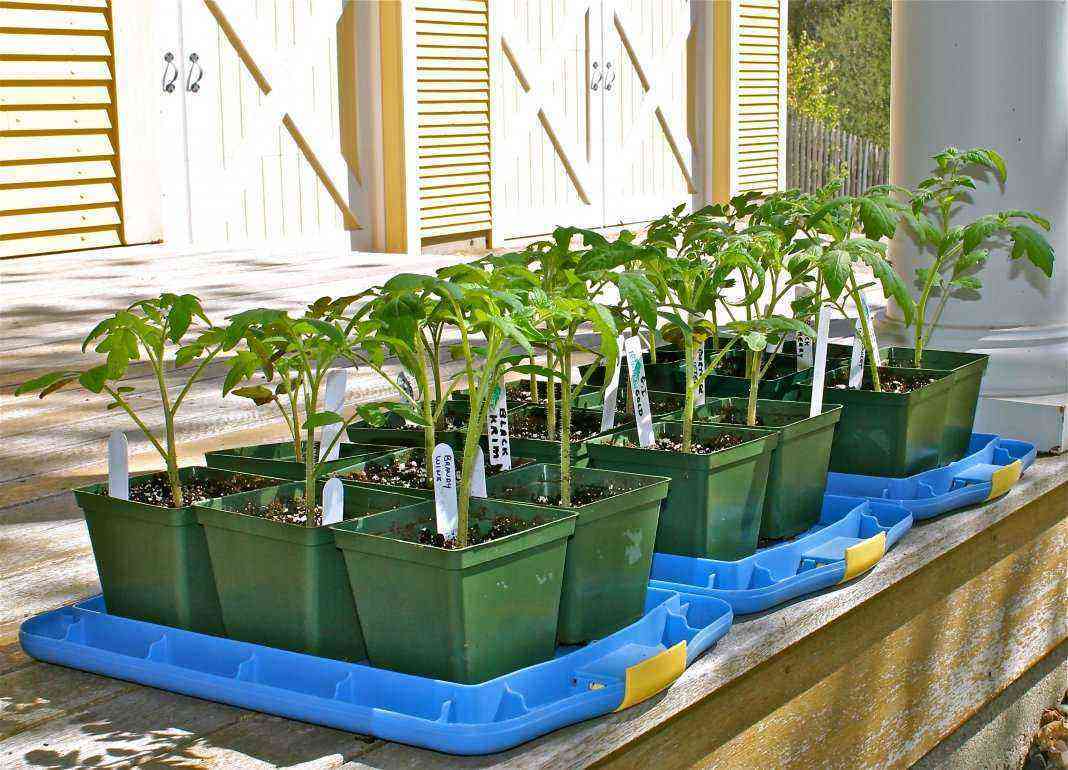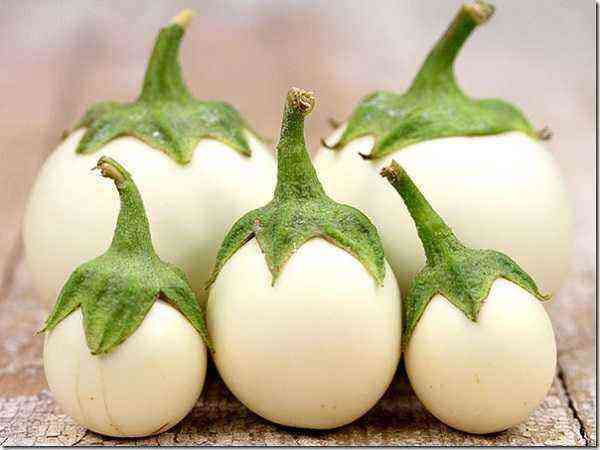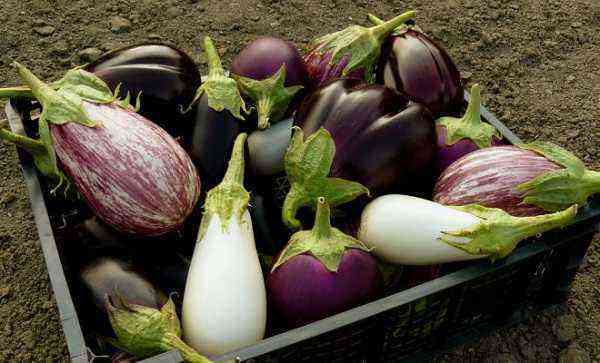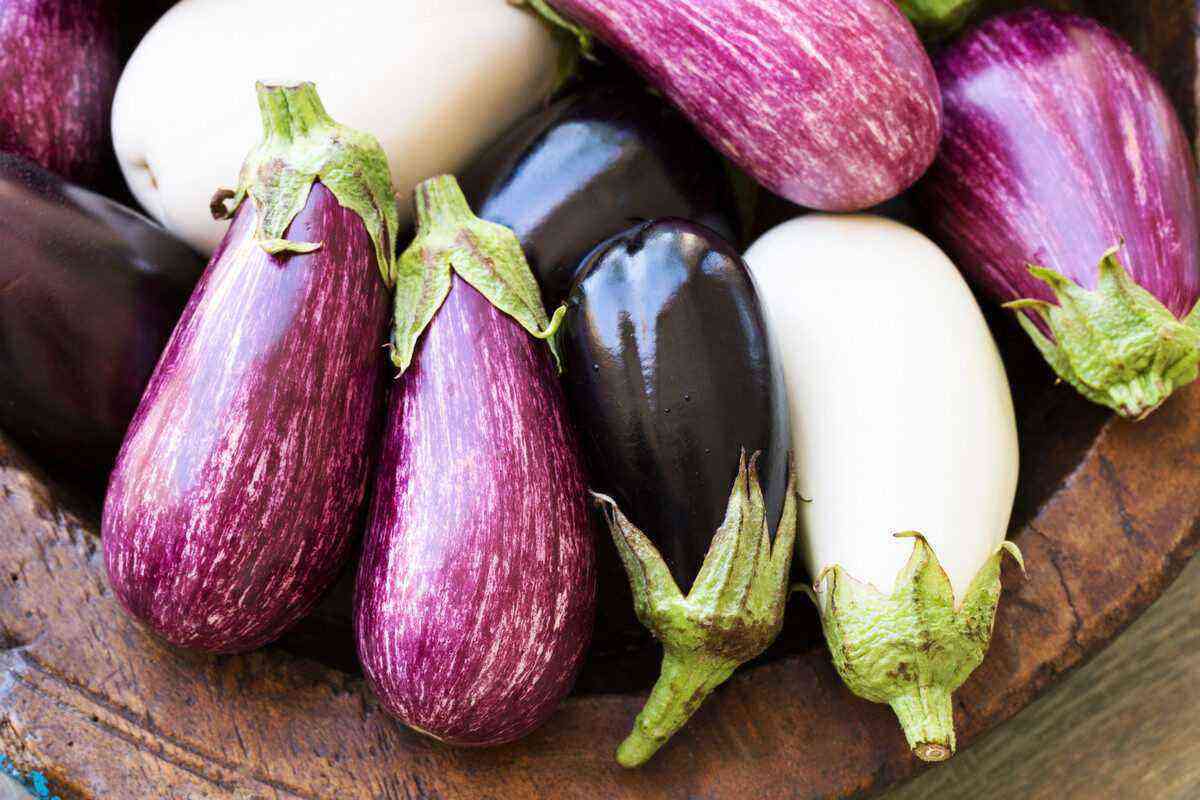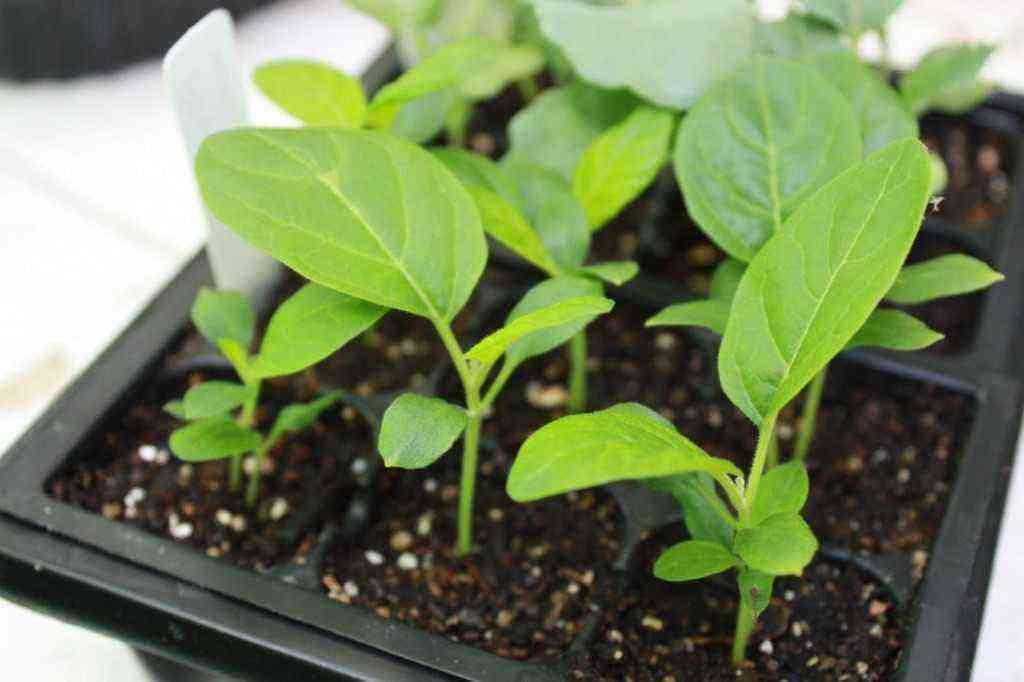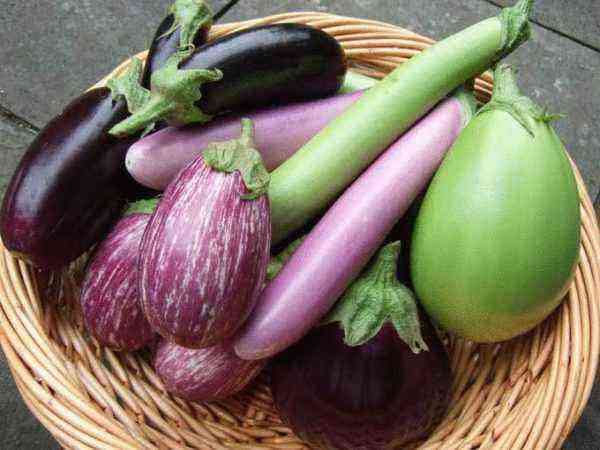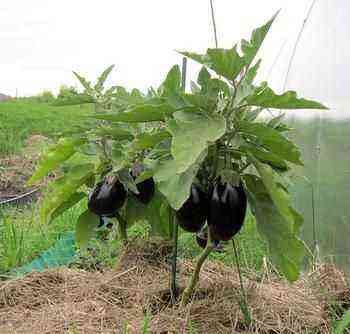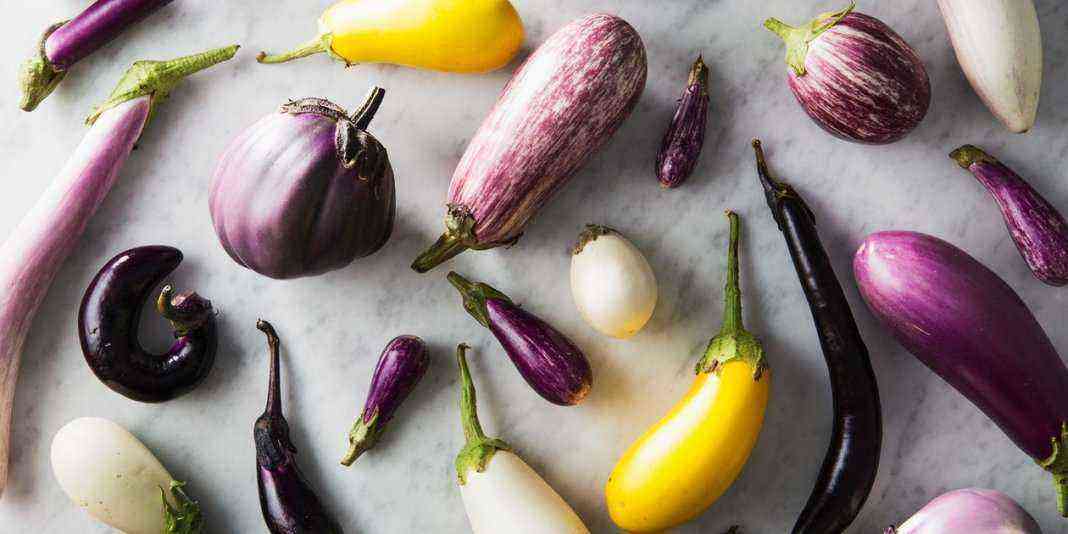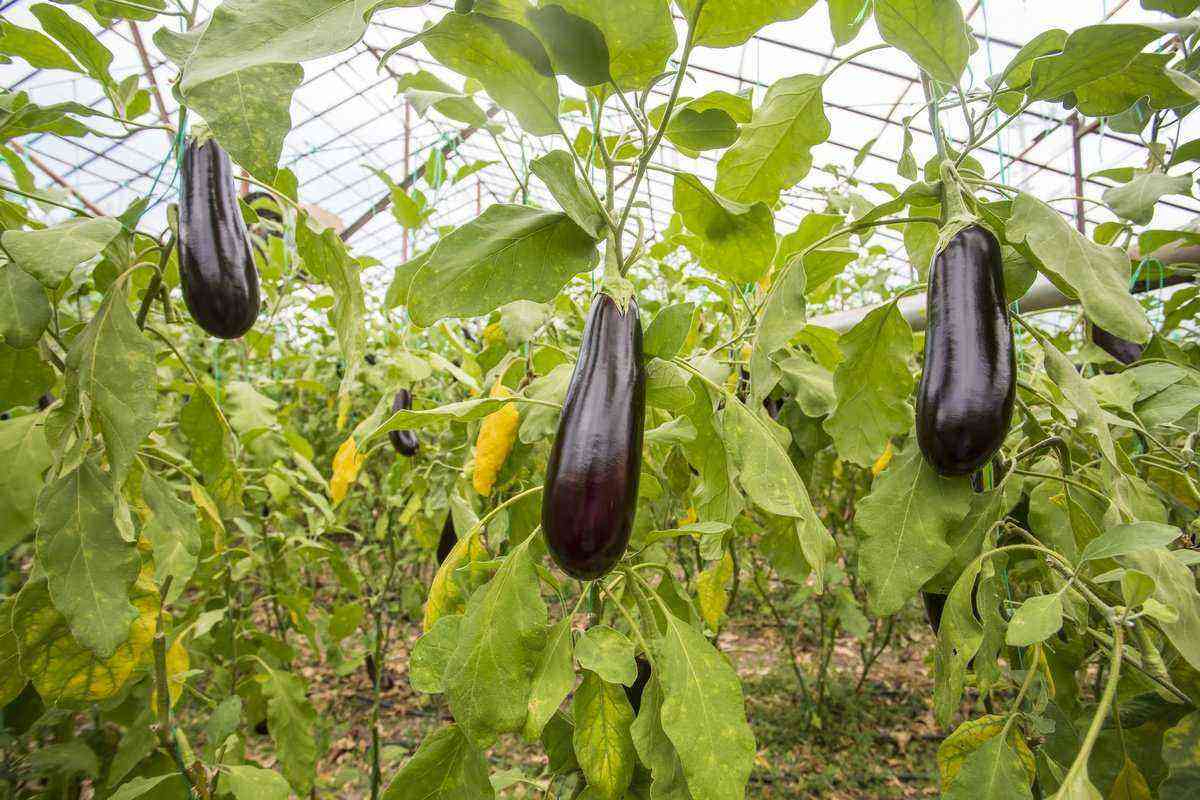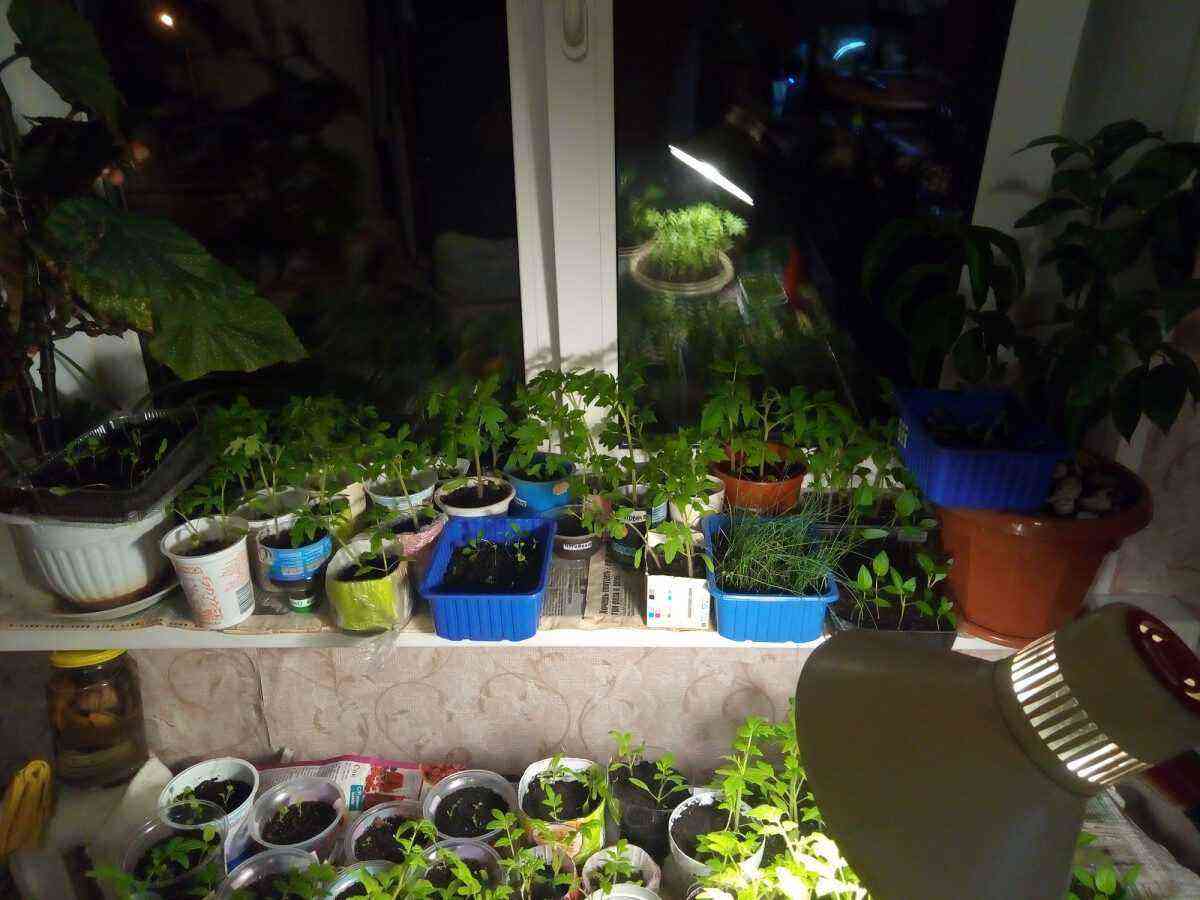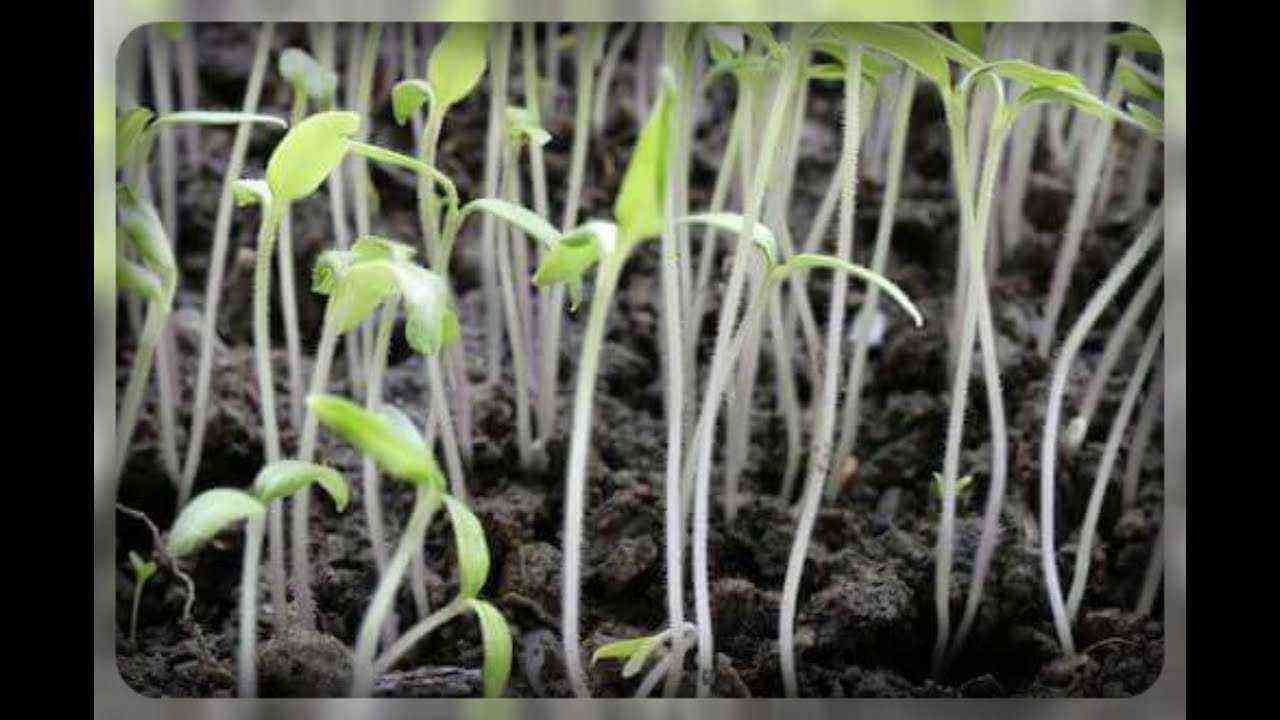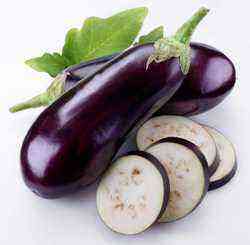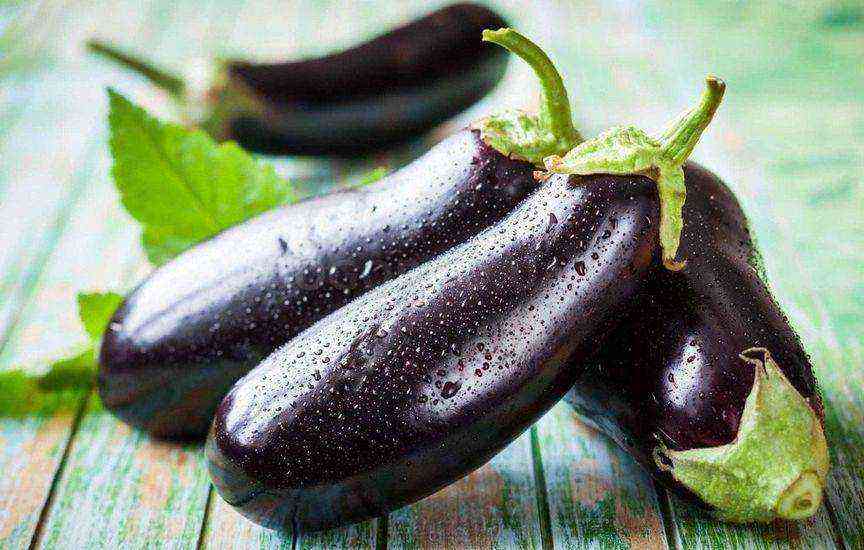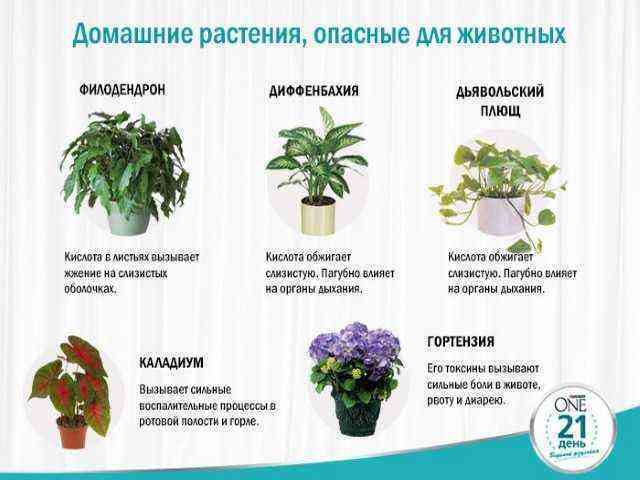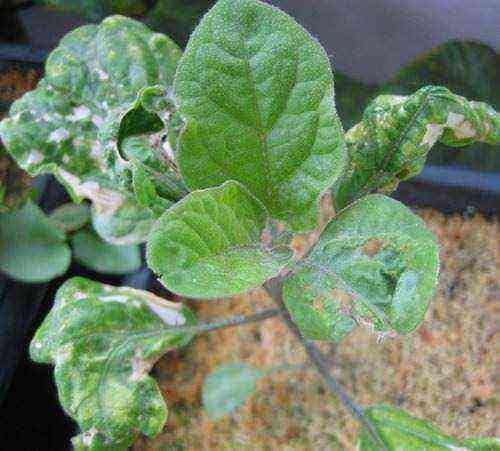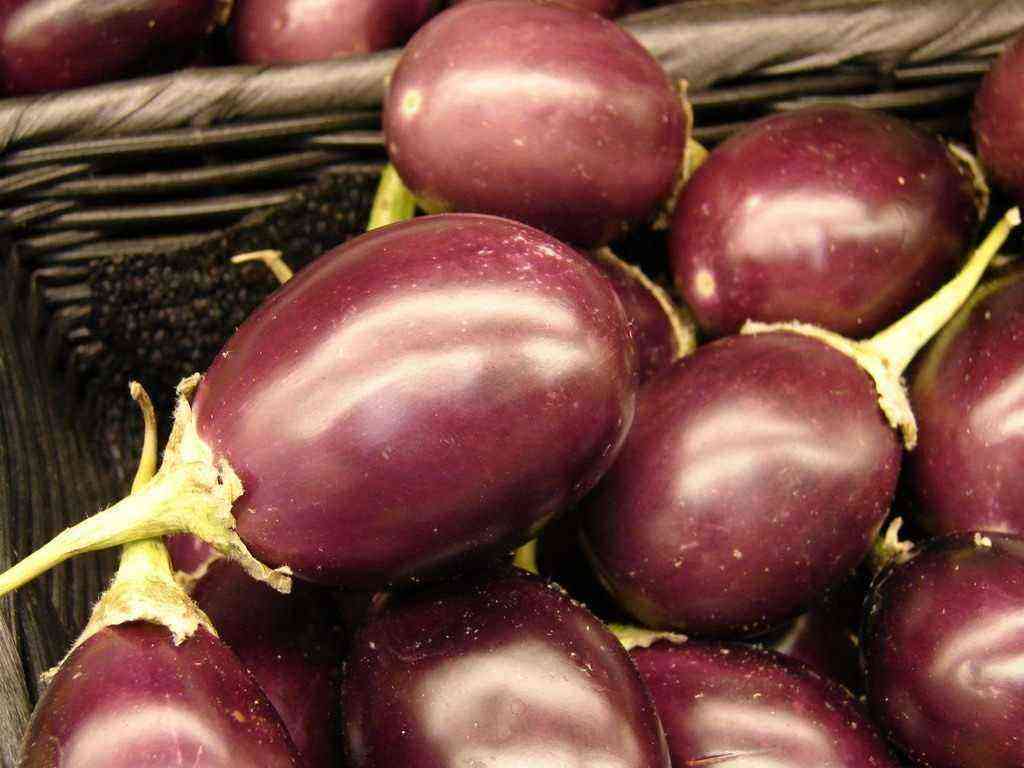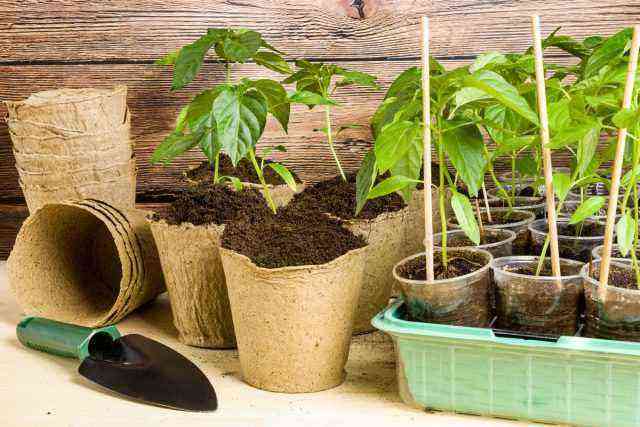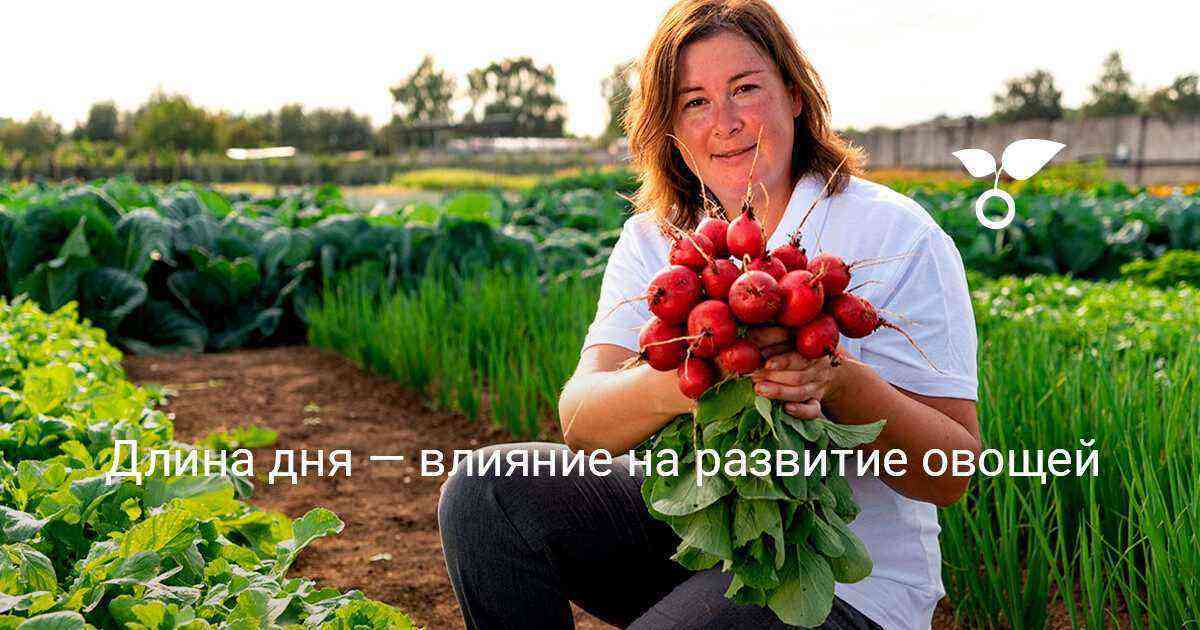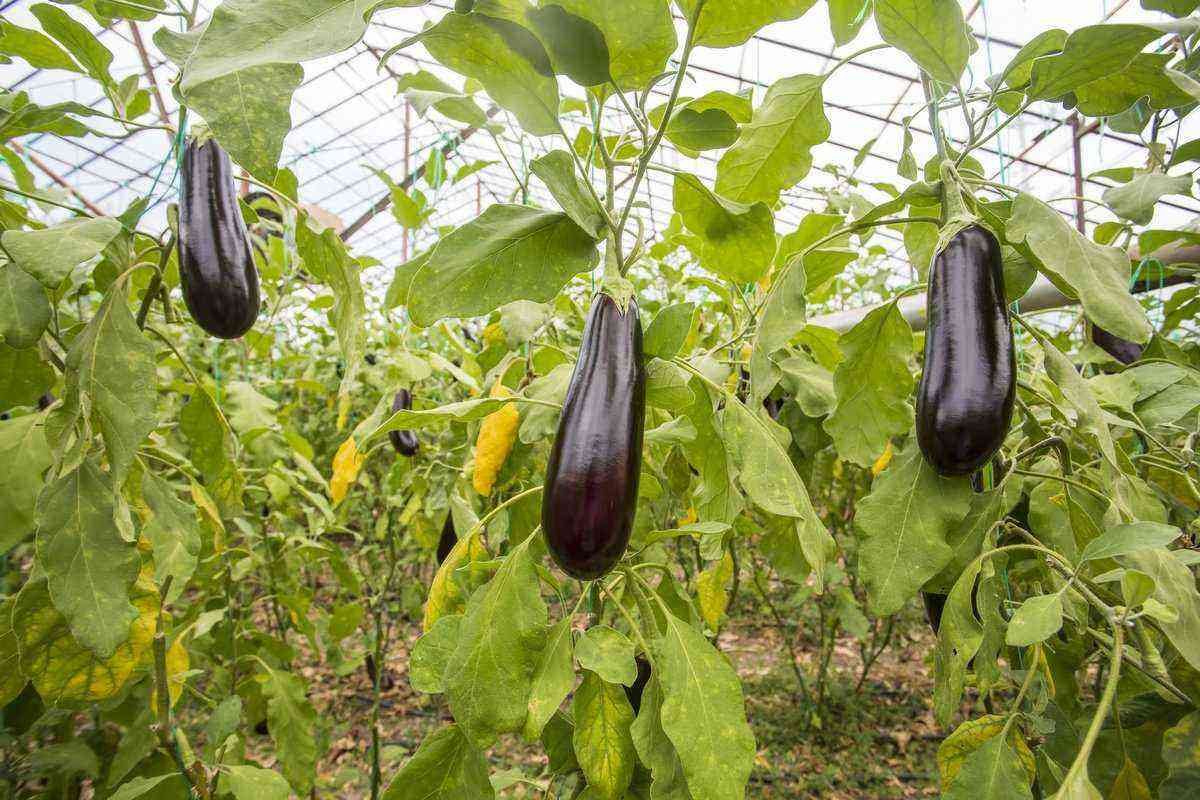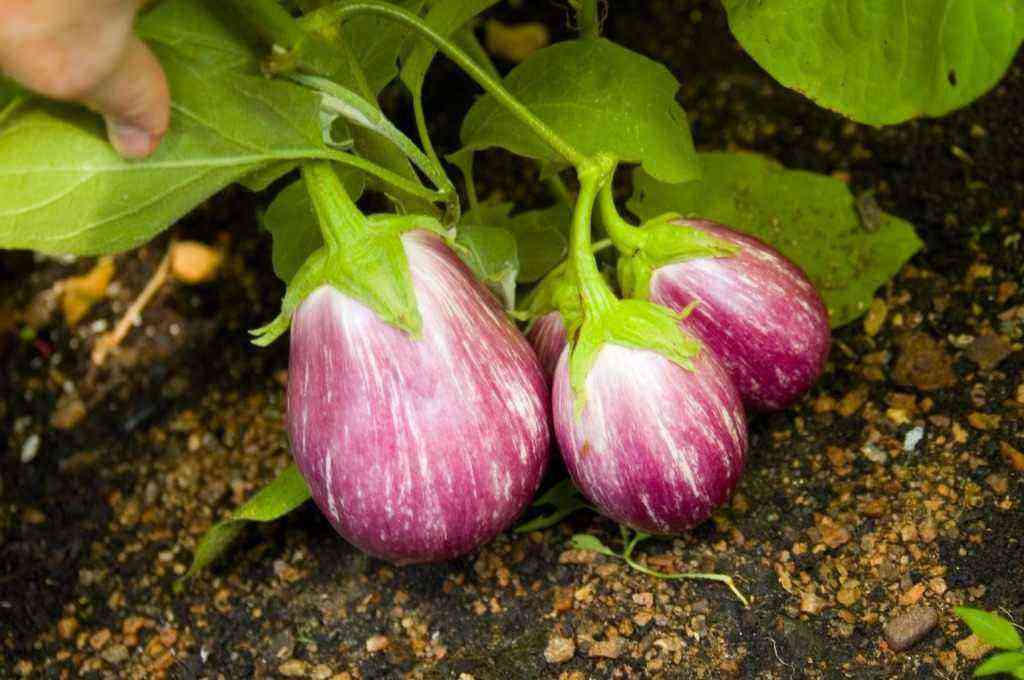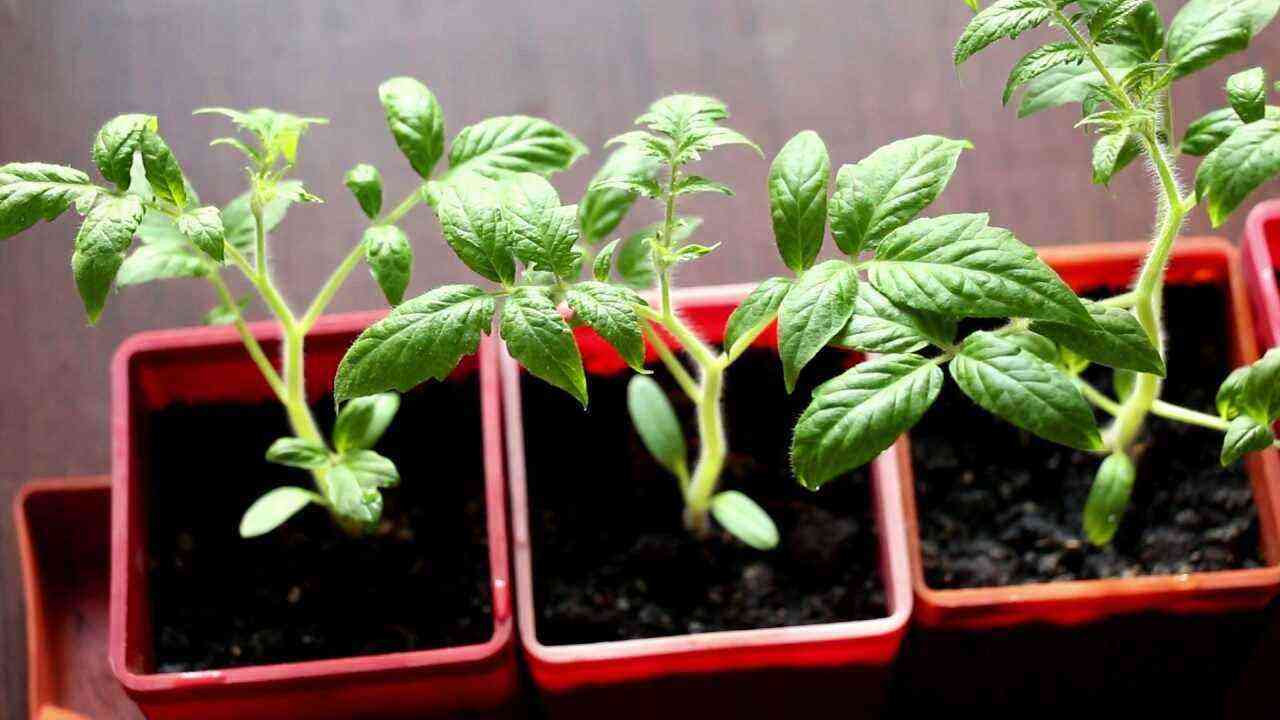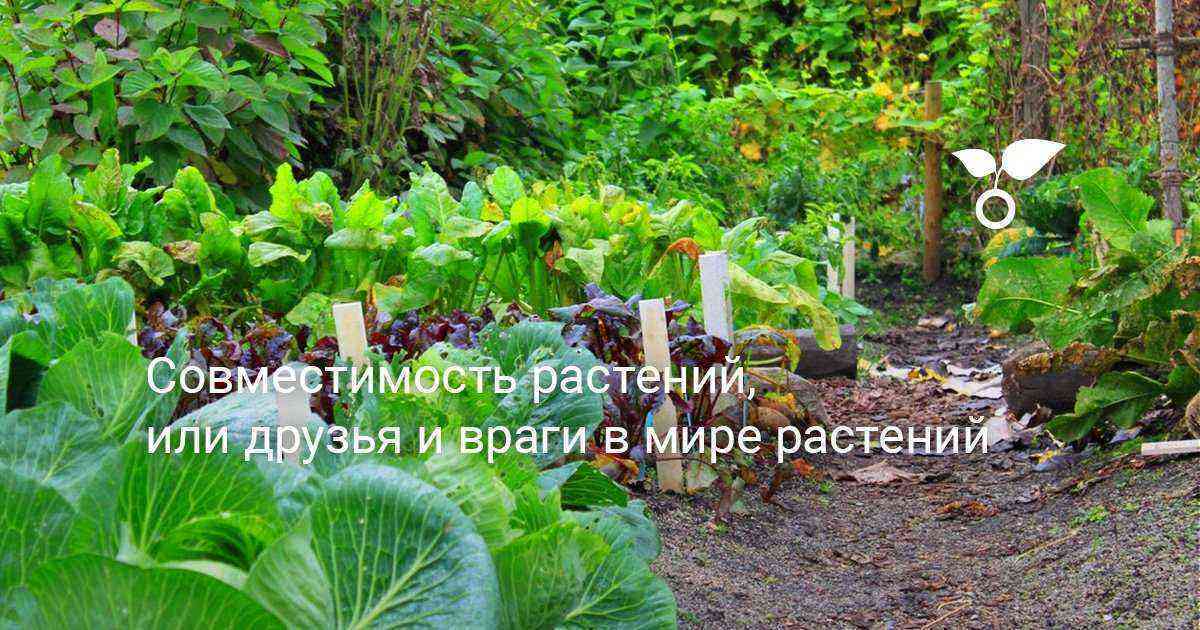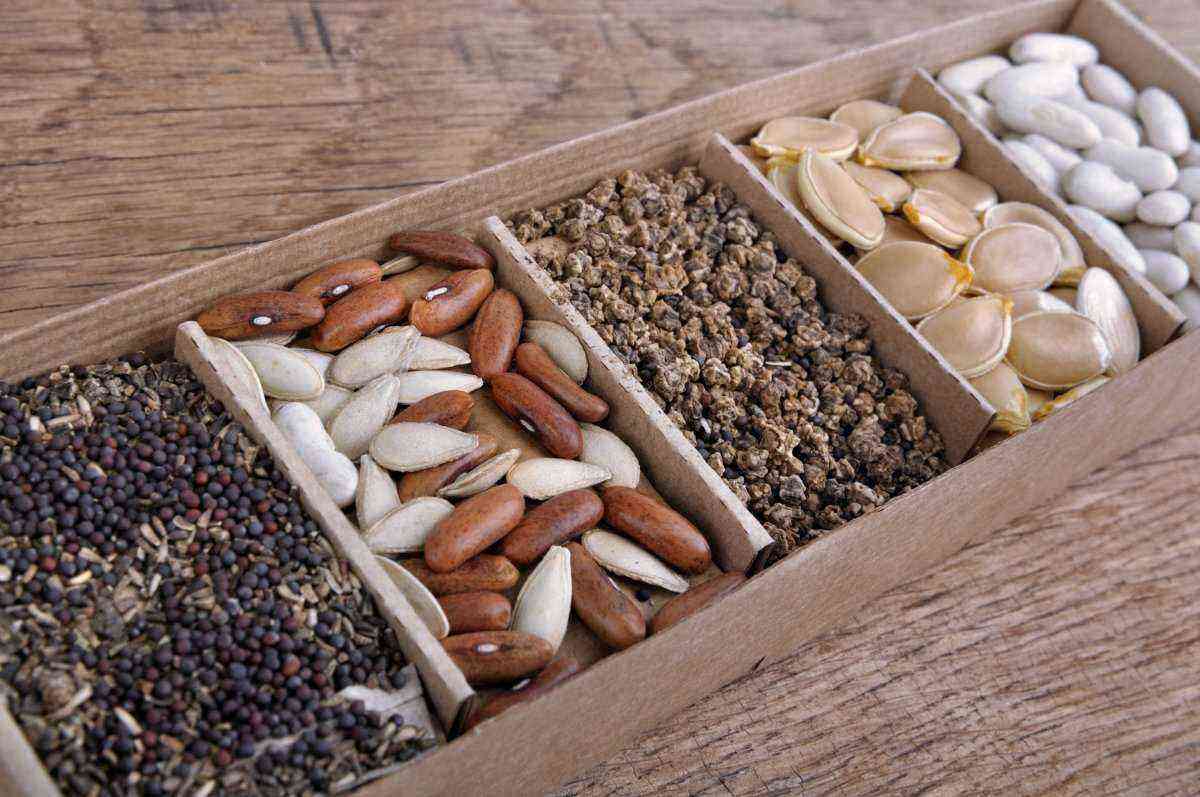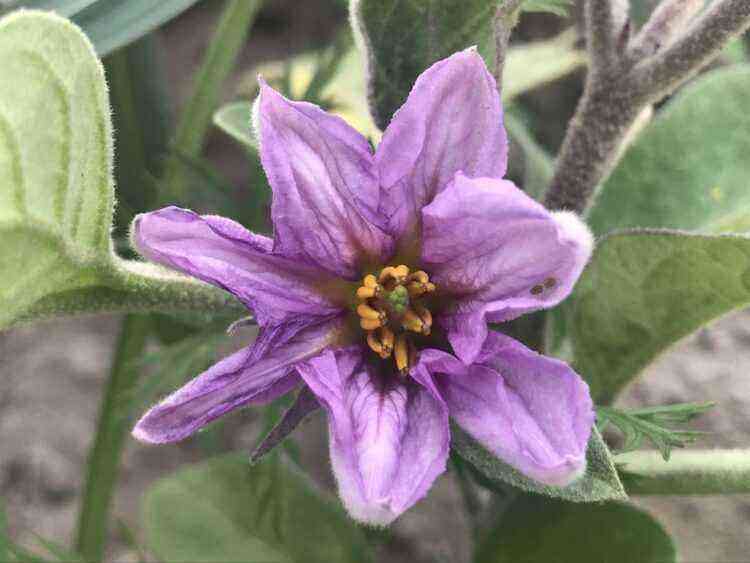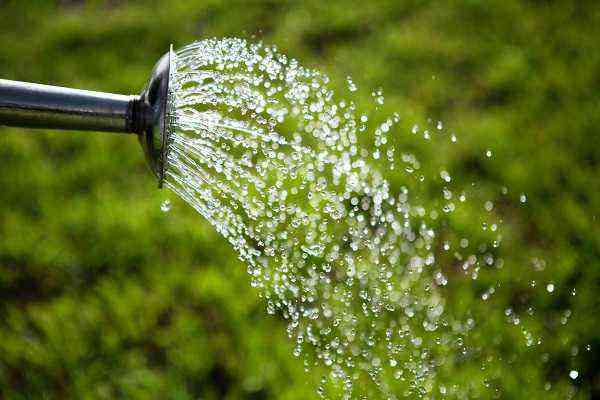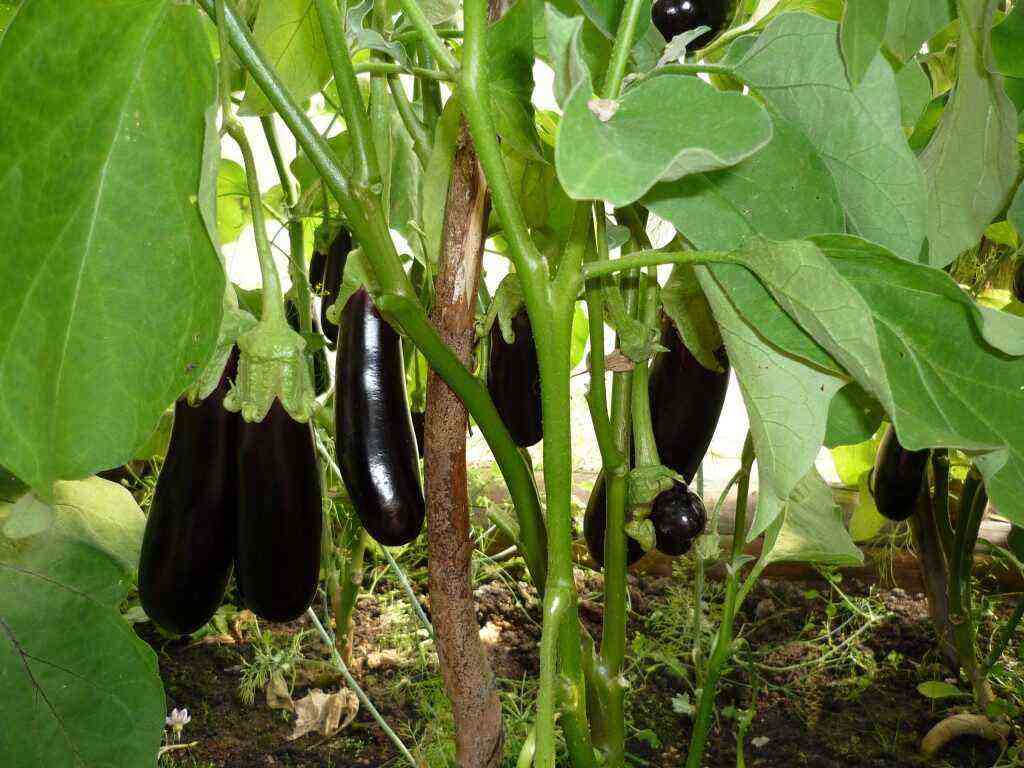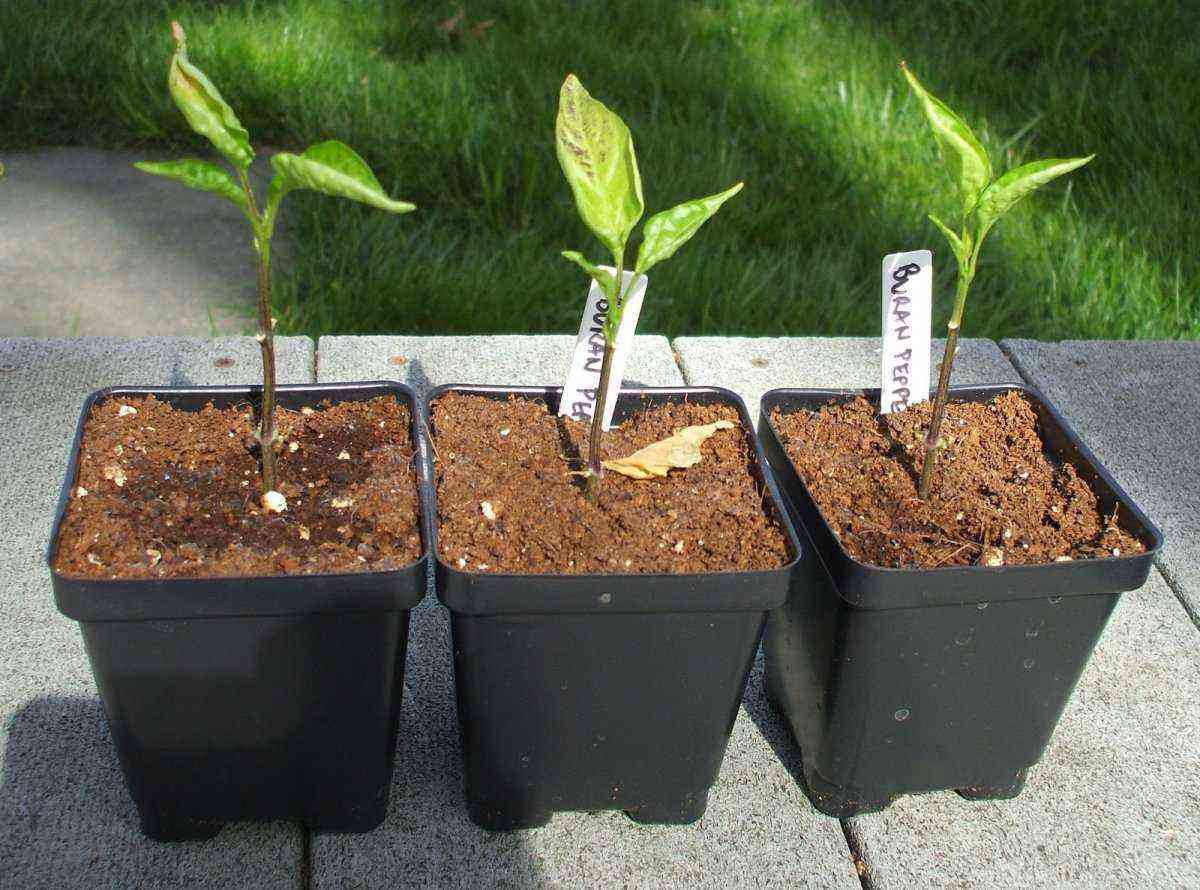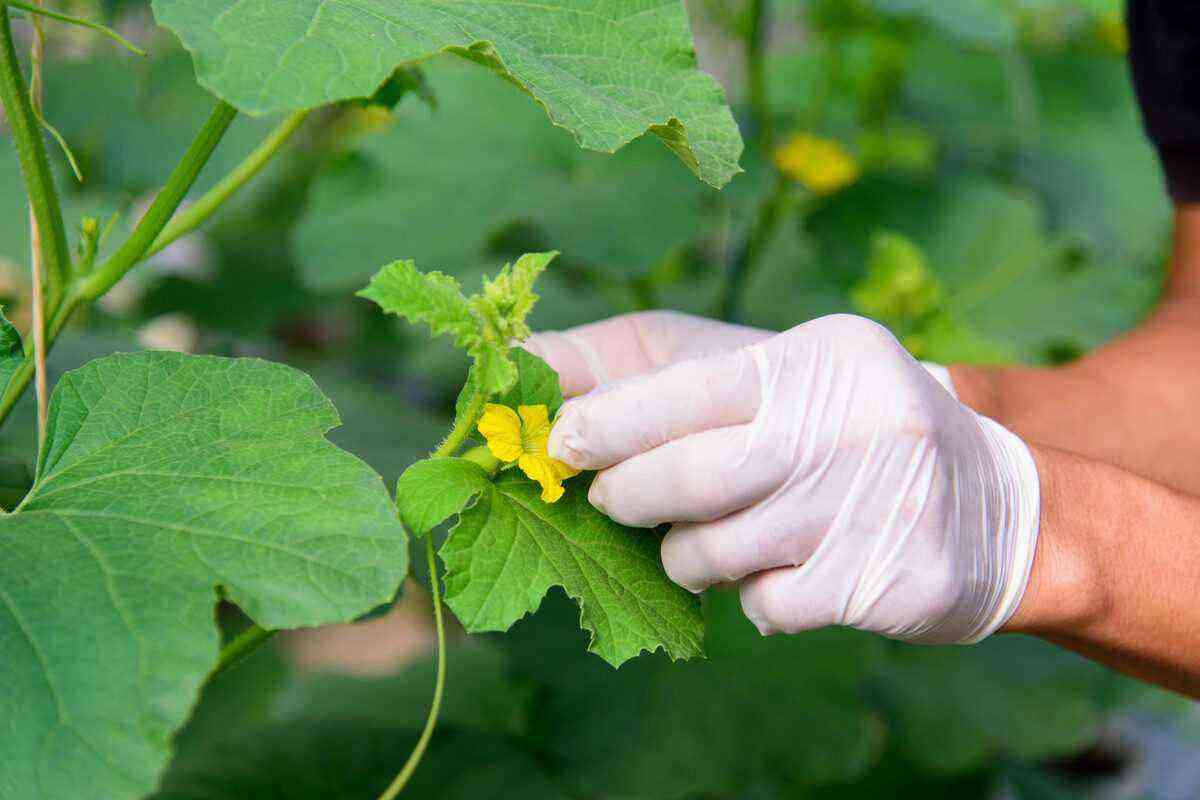Spring is coming, and with it a lot of troubles associated with growing seedlings, in particular, its picking. Why dive young seedlings? This is a mandatory procedure aimed at ensuring that the root system of the future vegetable or flower becomes more powerful and more branched. Picking involves transplanting seedlings into separate pots. This article will tell you how to do this work without harming the seedlings.
 Seedling of tomatoes. © gartenjahr.at
Seedling of tomatoes. © gartenjahr.at
Contents:
What is a pick?
From the point of view of science Biology, picking or diving is the removal of the final part of the taproot from seedlings in order to stimulate the branching of the root system. However, according to tradition, this word refers to any planting of plants from common dishes into individual containers. A pointed peg is used for picking (in French – pique). It was this tool that “gave” the name to the process.
General rules for picking seedlings
Sowing seeds for seedlings is carried out in a light and chemically poor soil mixture, for example, peat. It is pre-mixed with a small amount of ash to reduce the acidity of the soil. Sow, as a rule, densely and densely, considering that some seeds may not sprout or sprout, but will be weak.
When planting plants after germination, they must be divided so that future seedlings receive more nutrient mixture and light, develop the root system and become stronger and more resistant. The whole essence of the pick is clearly – in the photo below.
 Rhizome before (a) and after picking (b)
Rhizome before (a) and after picking (b)
Rejection of weak, thin or yellowed seedlings is required. Therefore, when diving plants, immediately throw out those that seem low-grade to you. In order not to damage the root system during picking, it is necessary to use a special spatula, pencil, stick.
Before picking, the plants must be watered abundantly and left for 20-30 minutes to make the soil softer and more pliable. Then thin stems and roots will be separated easier and freer.
Step-by-step instructions for picking seedlings
- Separate the seedling with a spatula, holding it by the cotyledon leaves. It is not recommended to hold the plant by the “leg”, since the fragile stem easily breaks at the touch of hands;
- Remove the plant from the soil, carefully cutting off the central root (it is better to do this with nail scissors), leaving only 2/3 of the root;
- Make a small depression in the pot where the plant will be transplanted, deepen it to the growing point (small seal above the rhizome) or 0.5 cm deeper;
- Sprinkle the seedling with earth, slightly pressing the soil;
- Pour moderately settled water at room temperature and put in a darkened room for 2-3 days.
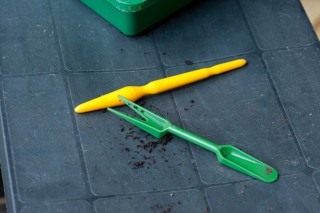 Picking tool. © gartenjahr
Picking tool. © gartenjahr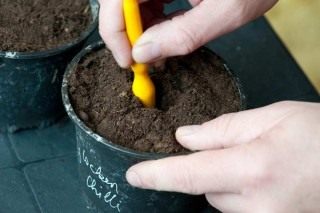 Picking seedlings of tomatoes. © gartenjahr
Picking seedlings of tomatoes. © gartenjahr
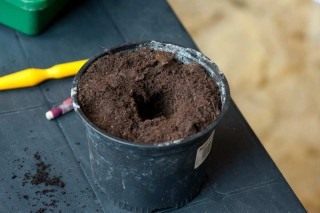 Picking seedlings of tomatoes. © gartenjahr
Picking seedlings of tomatoes. © gartenjahr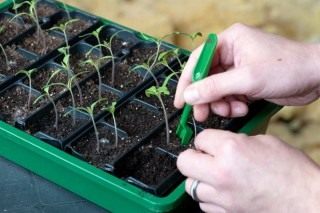 Picking seedlings of tomatoes. © gartenjahr
Picking seedlings of tomatoes. © gartenjahr
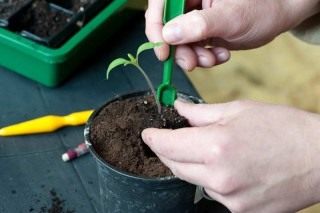 Picking seedlings of tomatoes. © gartenjahr
Picking seedlings of tomatoes. © gartenjahr Picking seedlings of tomatoes. © gartenjahr
Picking seedlings of tomatoes. © gartenjahr
Features of the correct picking of plants
- Do not deepen the plant above the point of growth, as its development may slow down or even stop.
- It is necessary to transplant plants immediately after the release of two cotyledon leaves. Many gardeners are in no hurry to transplant seedlings, for fear of damaging the stems that are too fragile, thereby rendering them a disservice. The fact is that the younger the seedling, the faster it adapts after picking and strengthens its roots before transplanting into open ground. Accordingly, in the garden or flower garden it will hurt less and develop faster.
- Before planting in a separate pot, it is advisable to disinfect the roots of plants in a weak solution of potassium permanganate (1 gram of potassium permanganate per liter of water). Why disinfect plants? Tiny seedlings are too weak to cope with bacteria on their own, so disinfection is a necessary step when picking plants. To avoid infection with rot or fungal diseases, it is imperative to disinfect the roots.
- Do not fertilize the plants until the seedlings begin to grow together. Exposure is approximately 6-8 days from the date of picking.
Why? After picking the seedlings, the seedlings experience a state of shock, so do not try to fertilize immediately after the picking session, let the small sprouts get used to, adapt to new, freer conditions, and after that, fertilizers recommended for these purposes can be applied.
Given all the above recommendations, you will be able to quickly and efficiently pick seedlings without experience in gardening. Good luck and a rich harvest to you!


